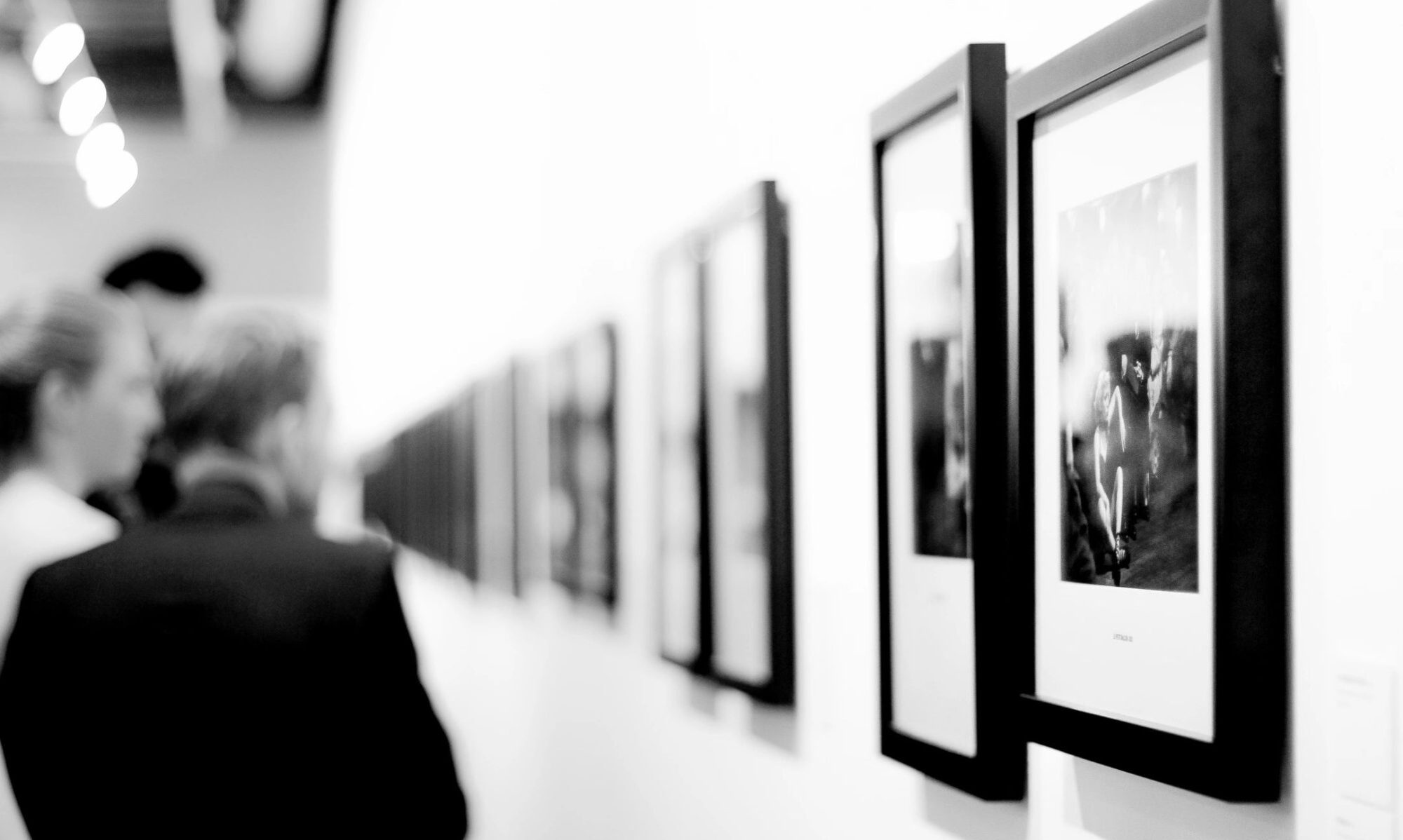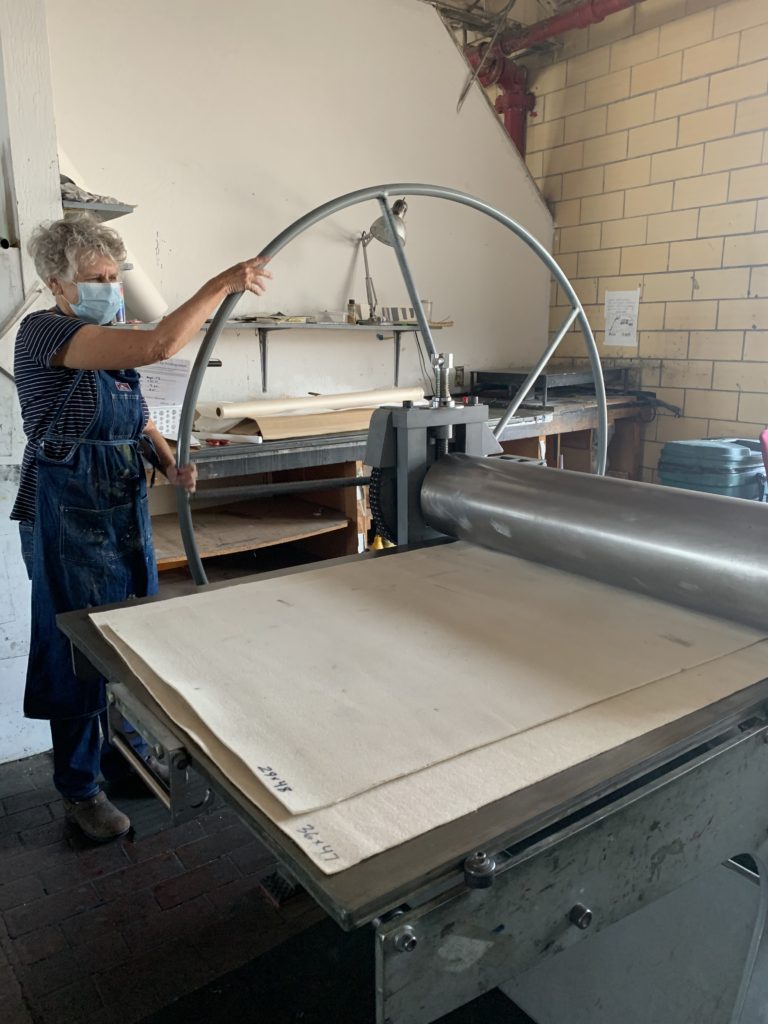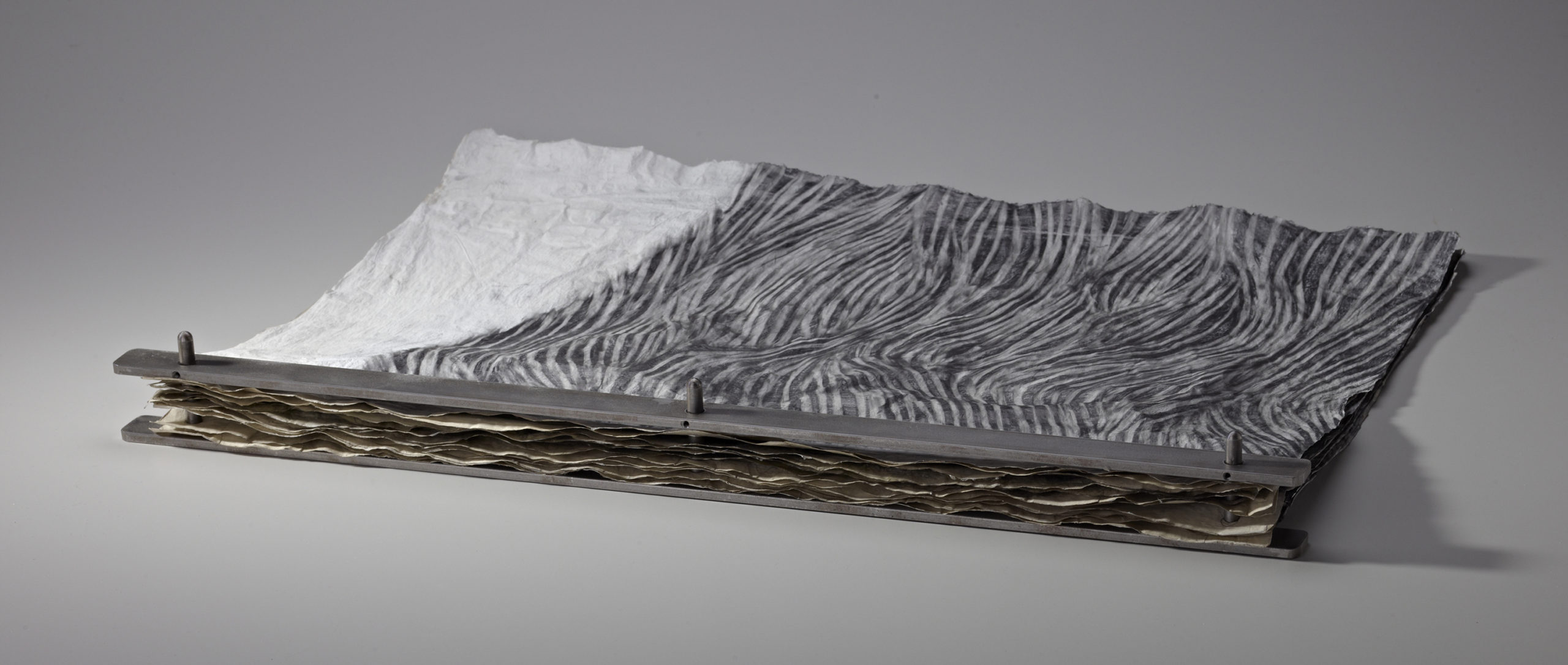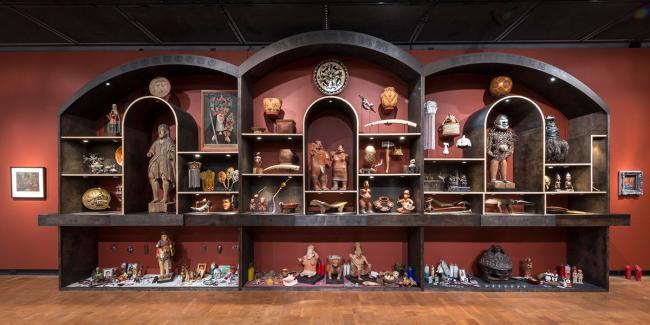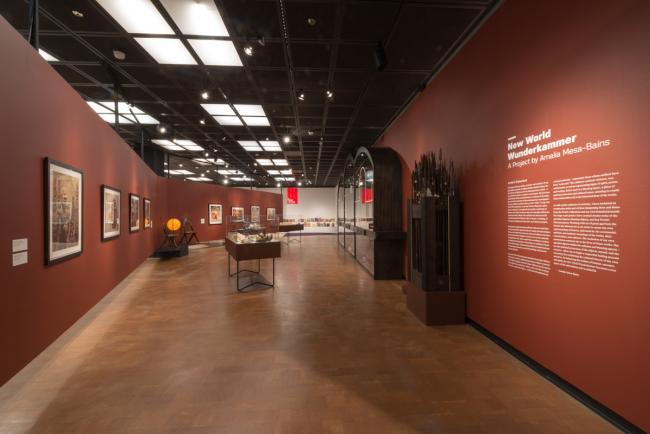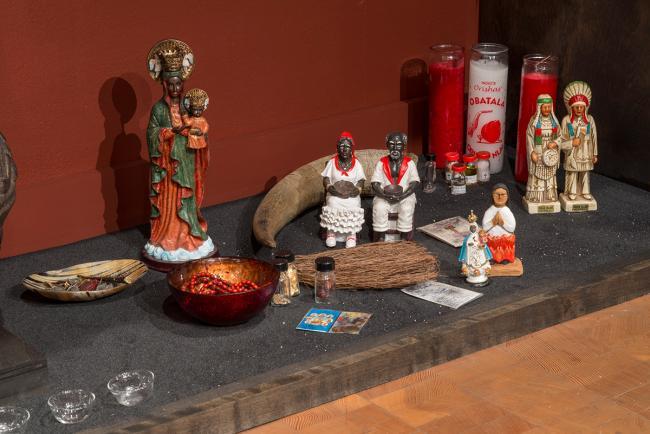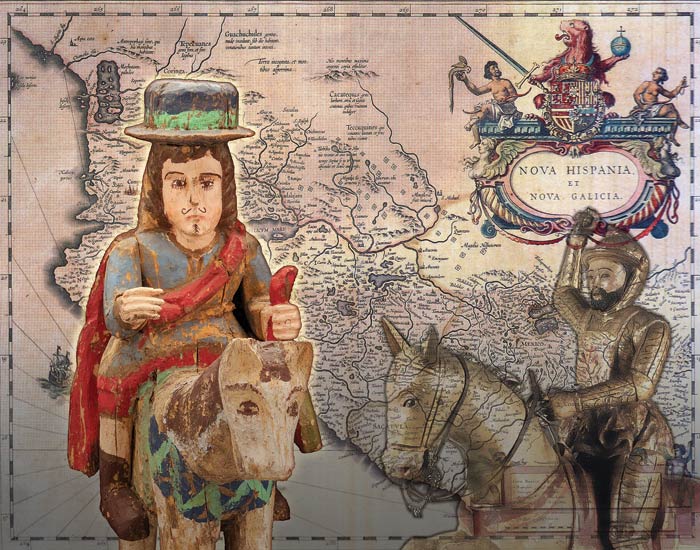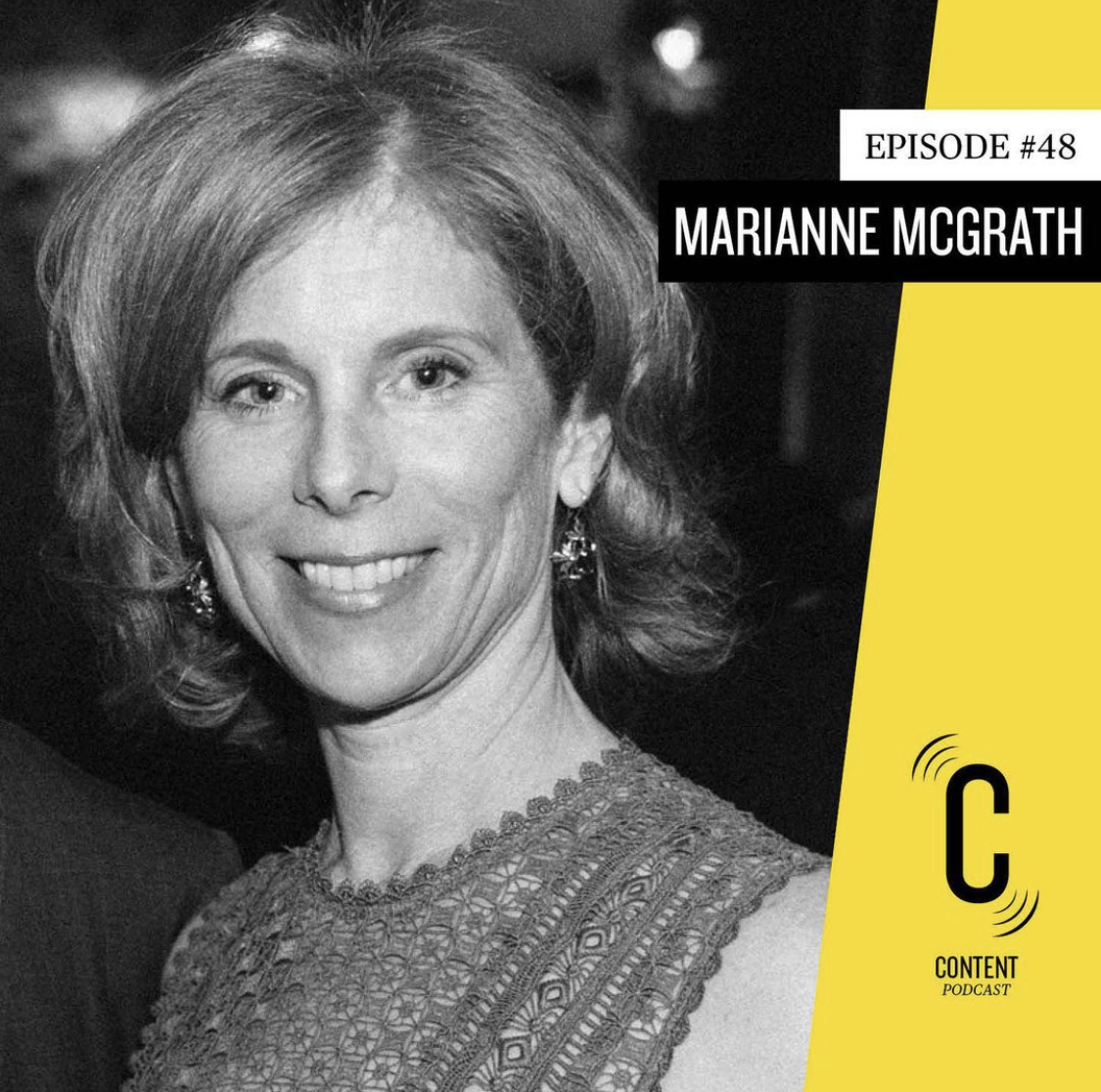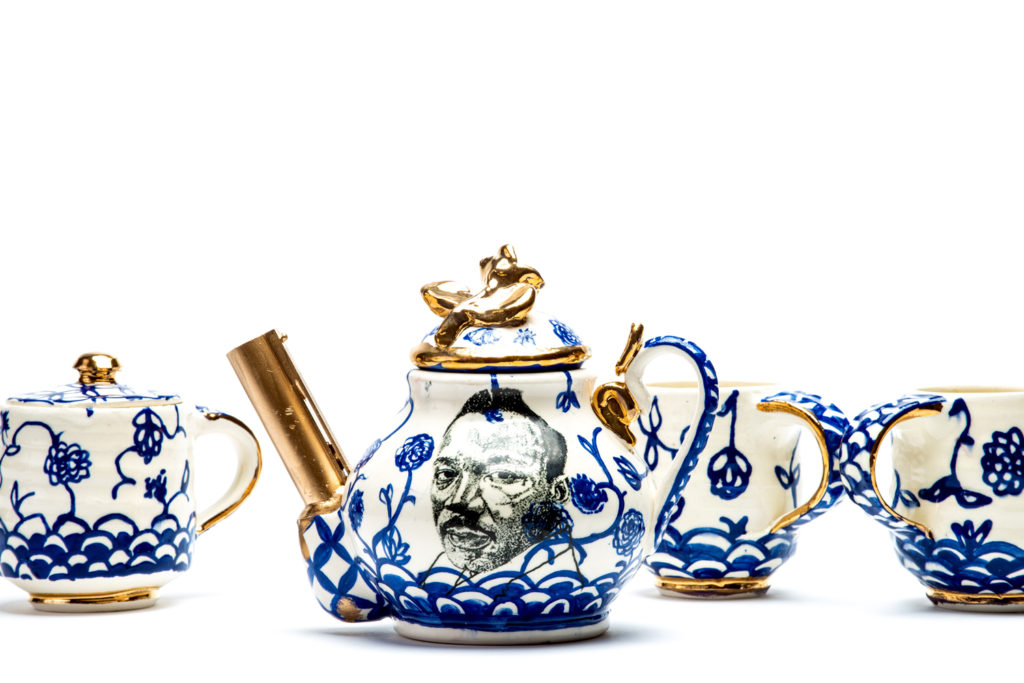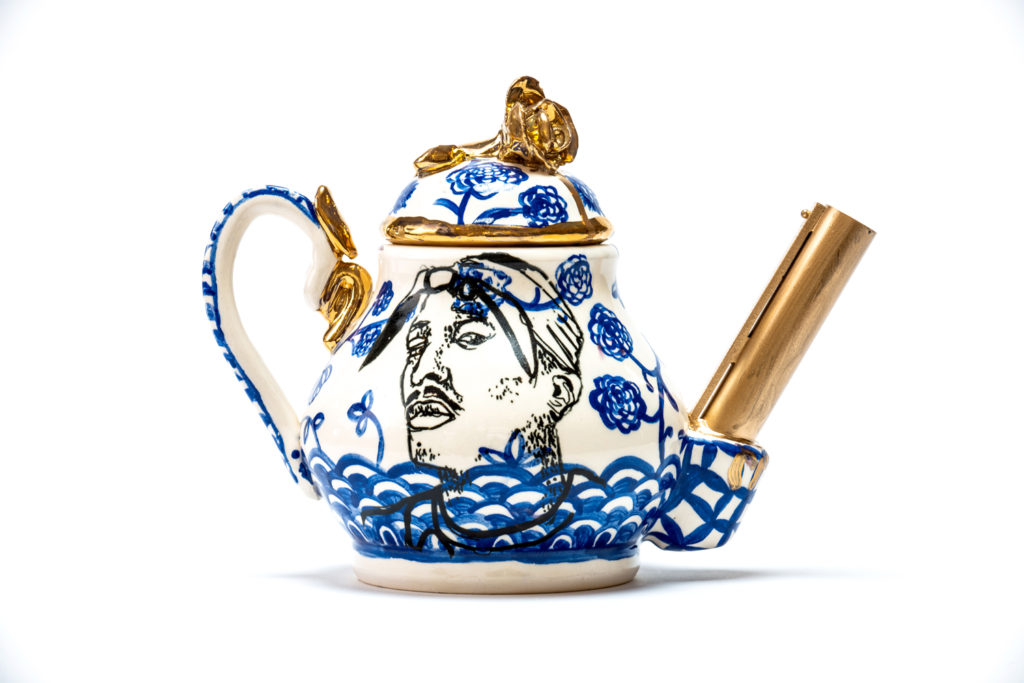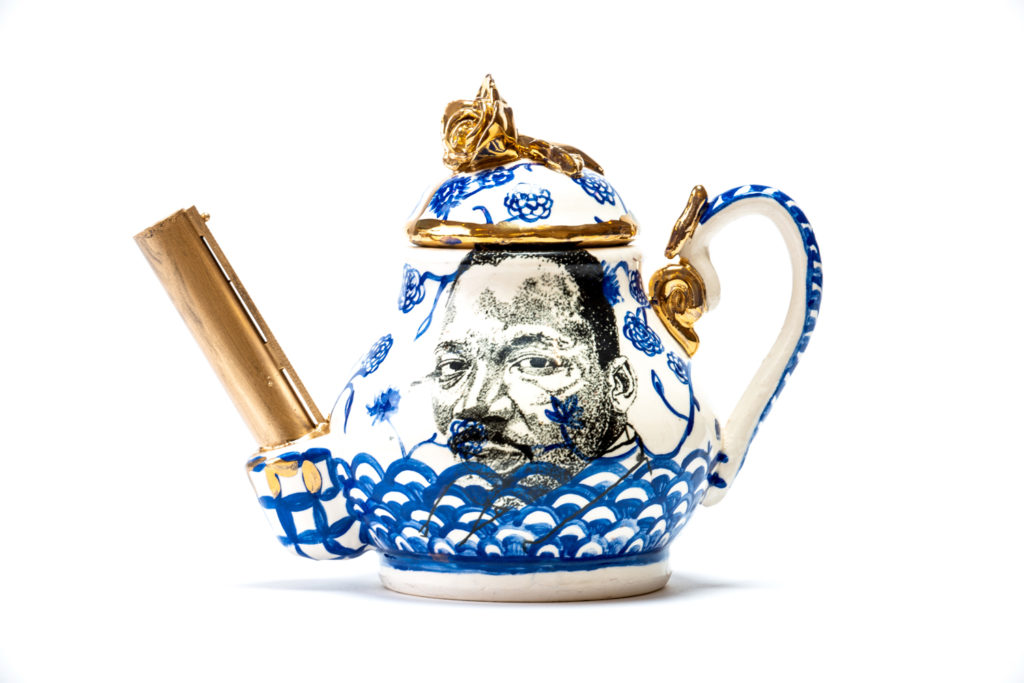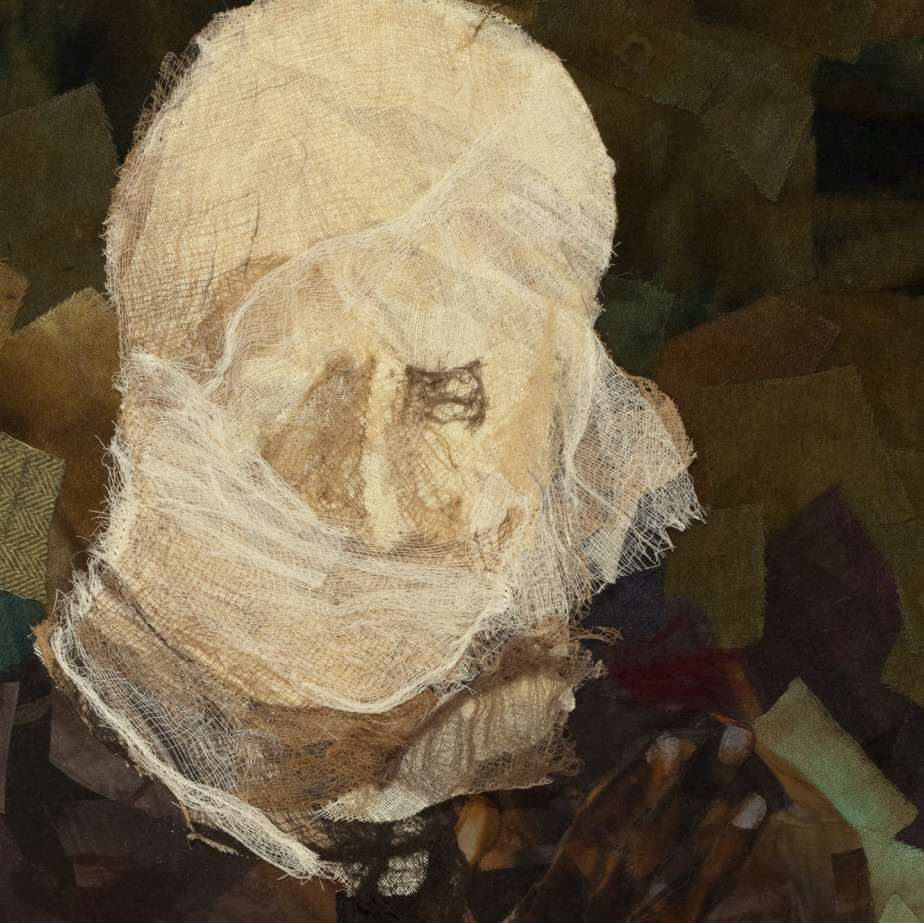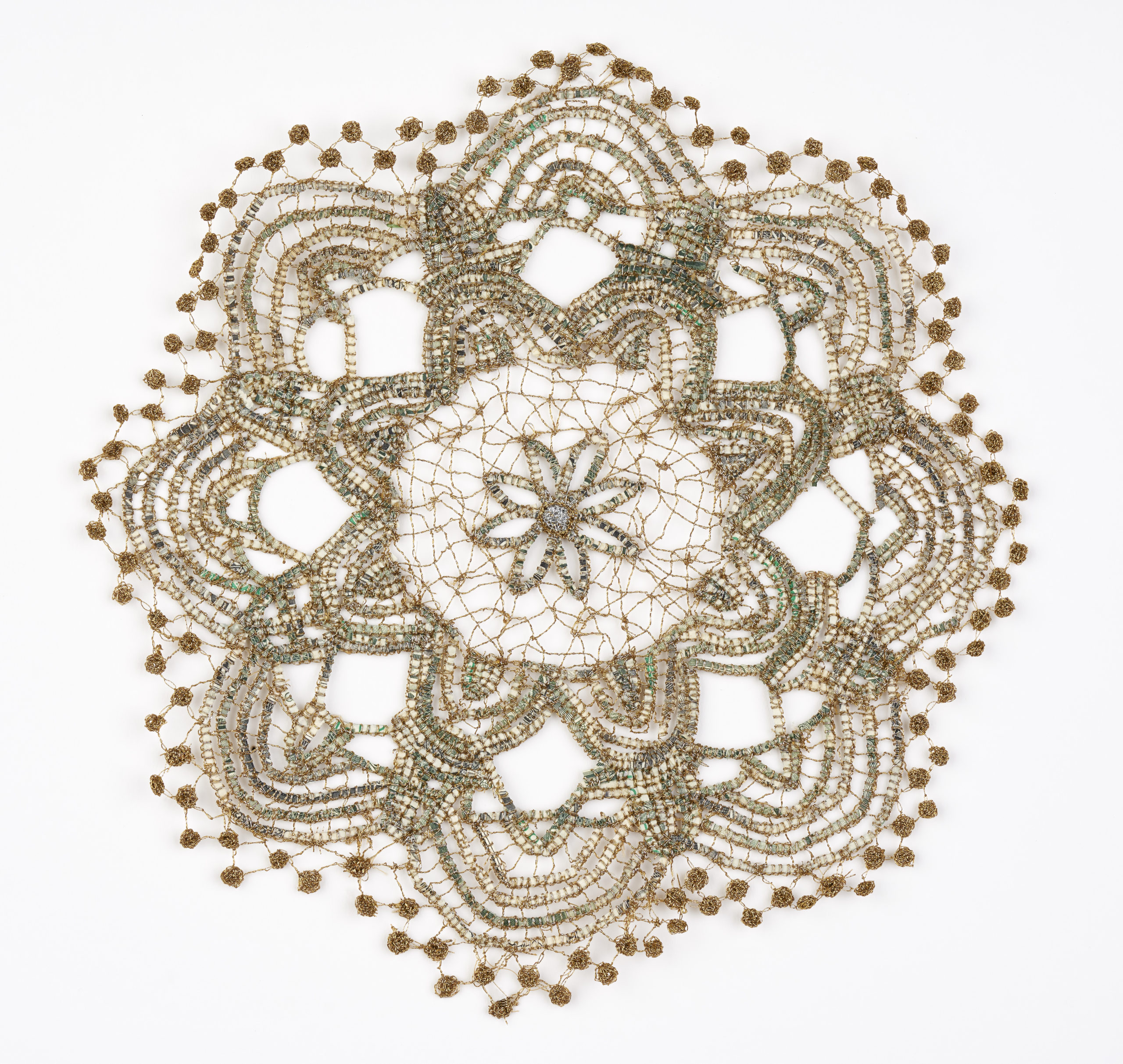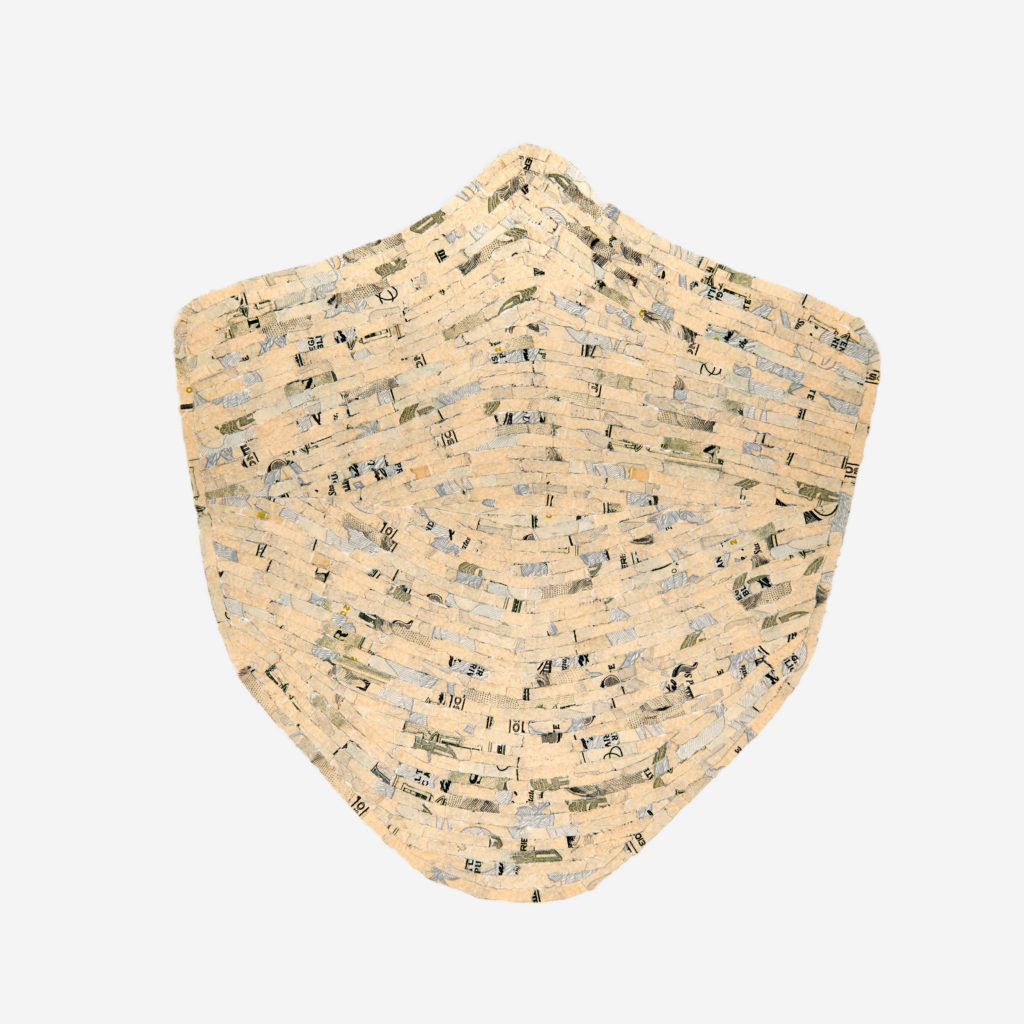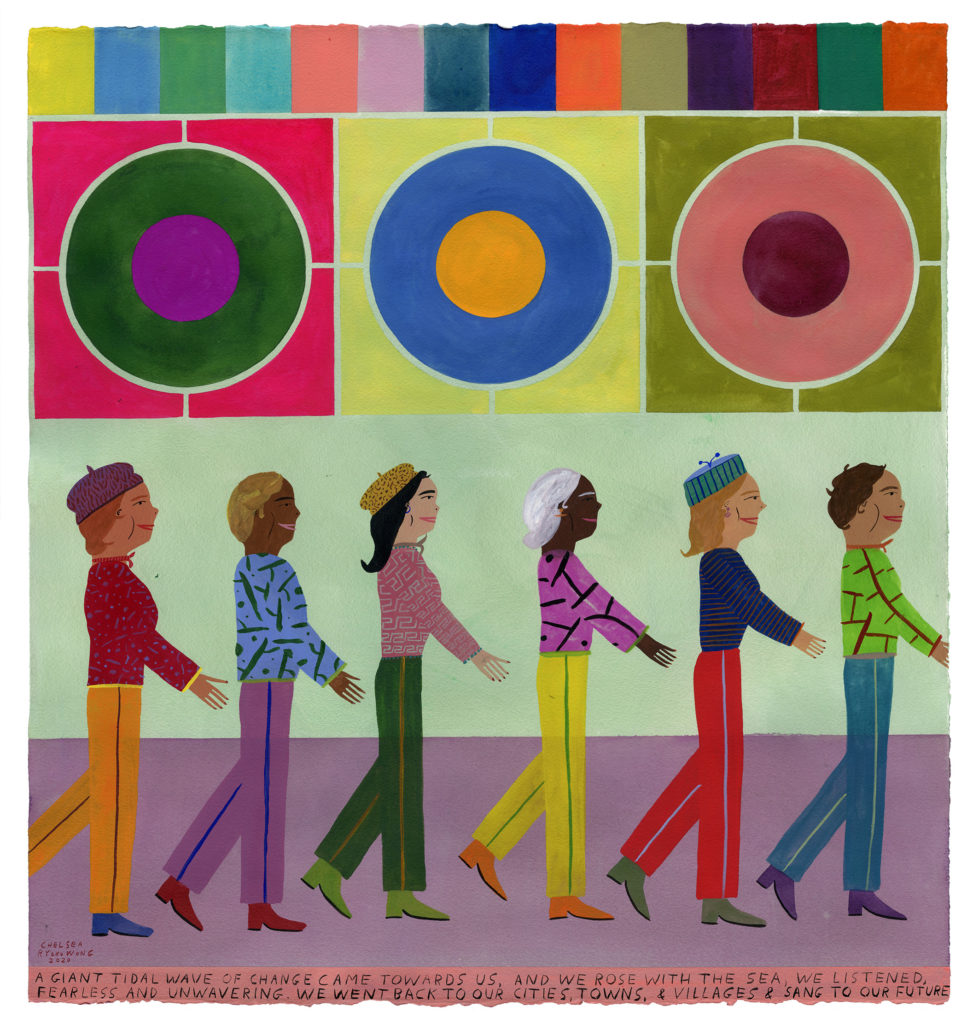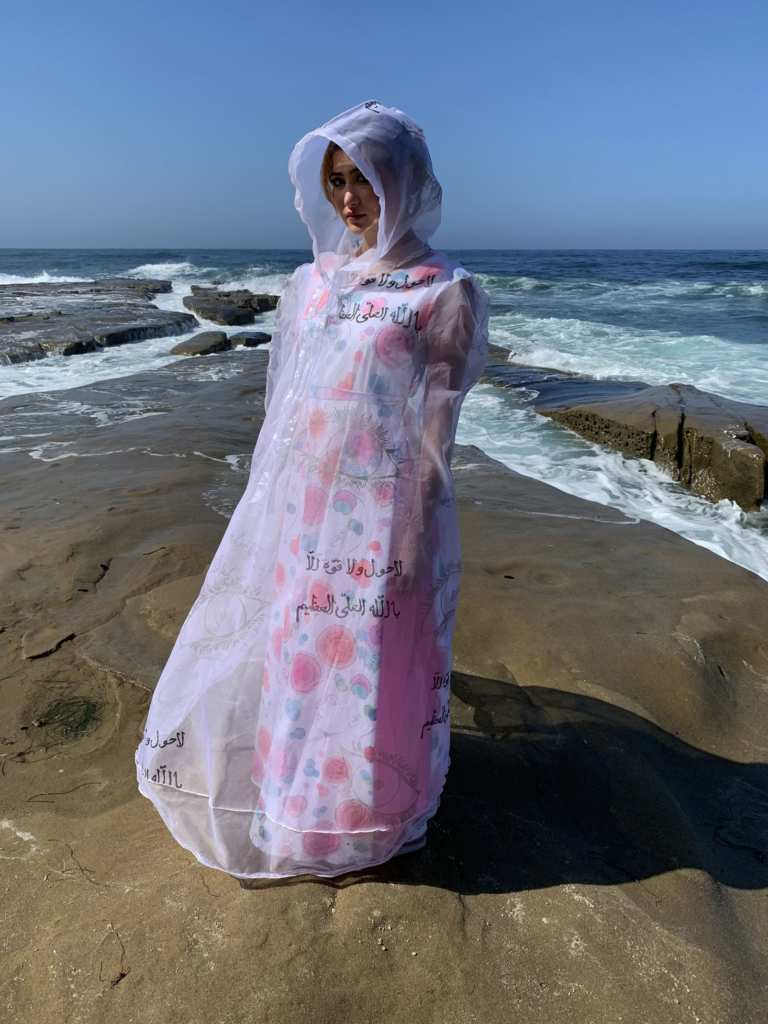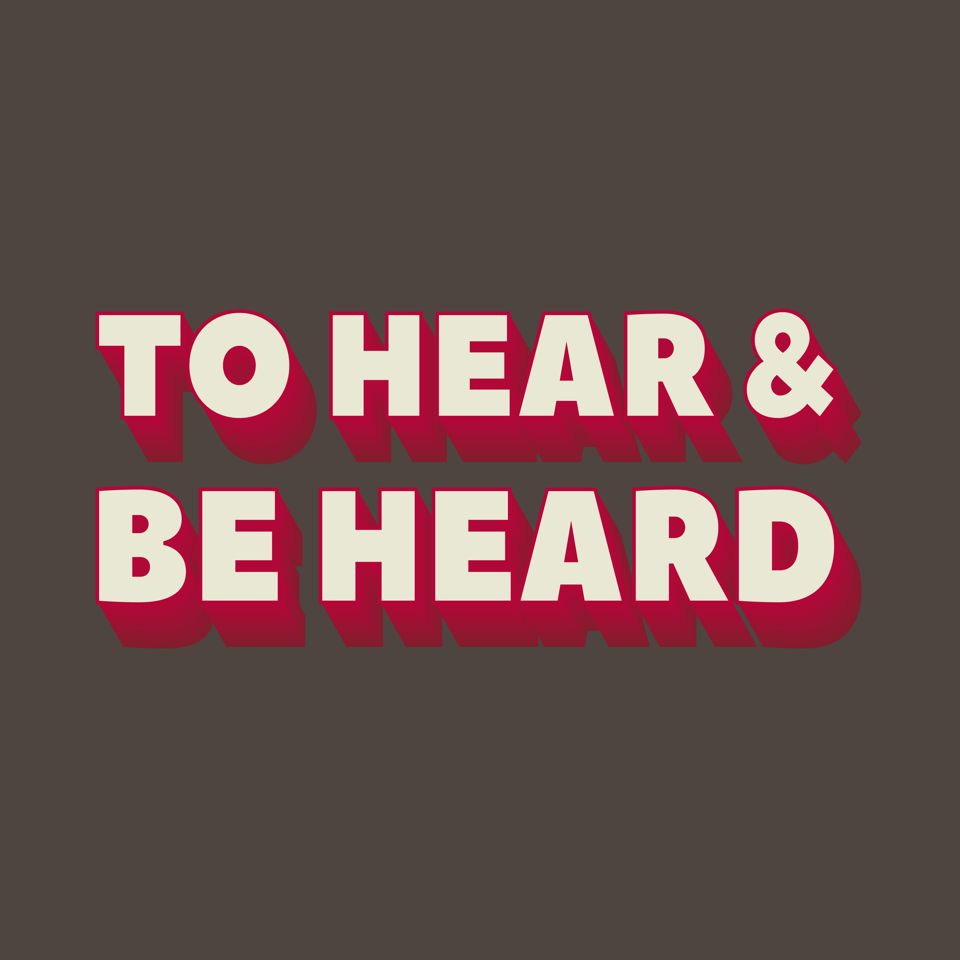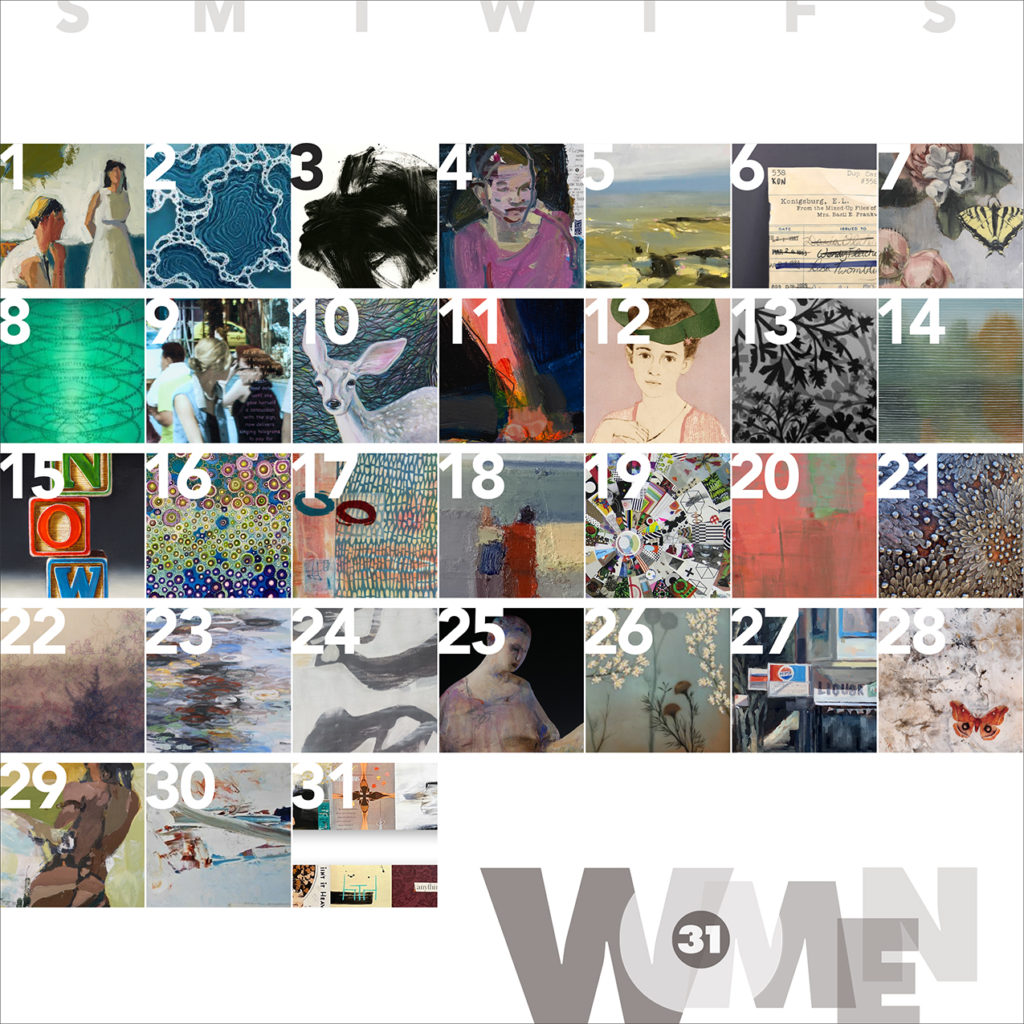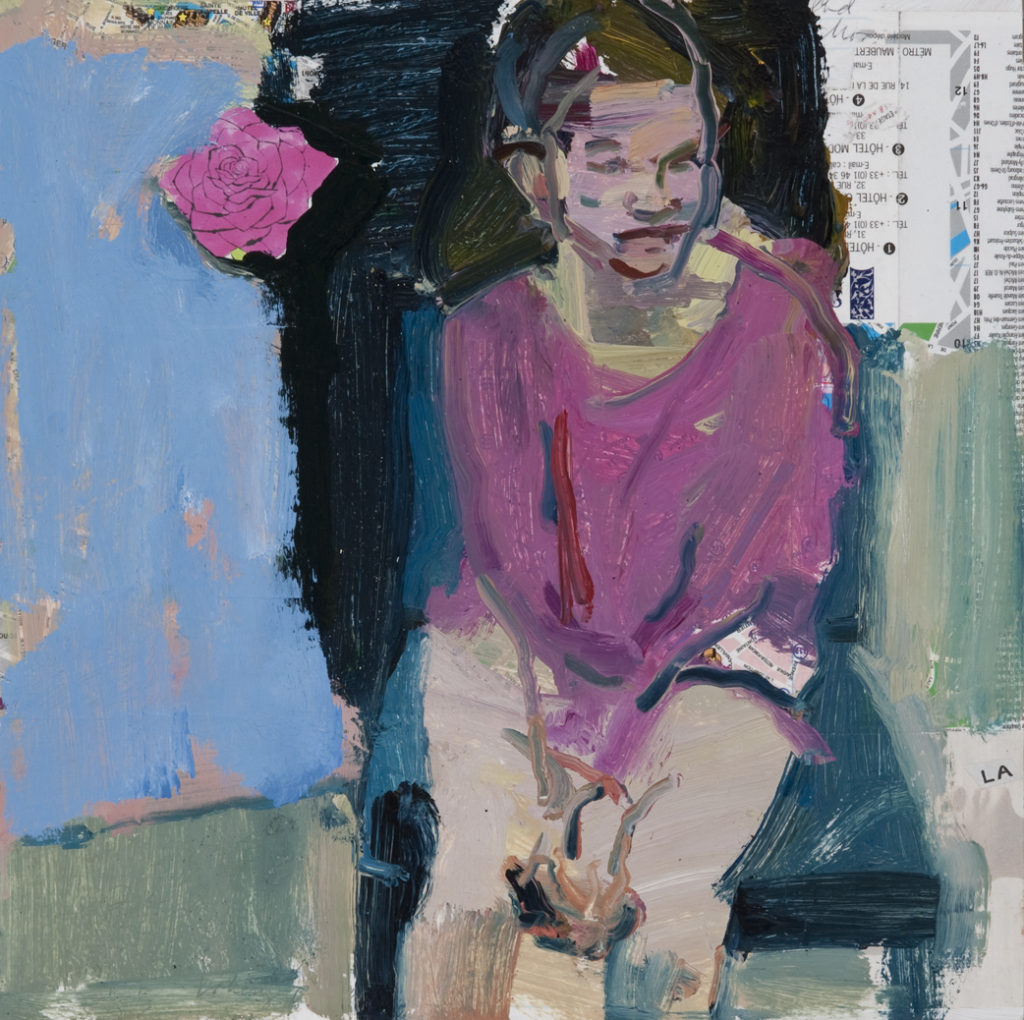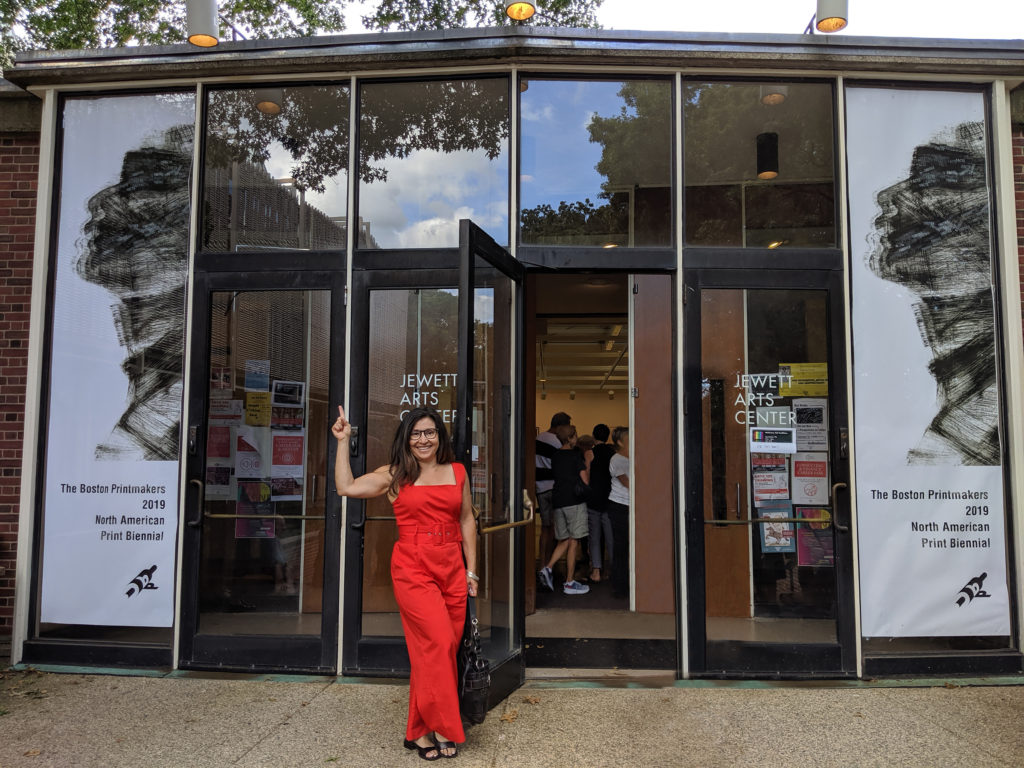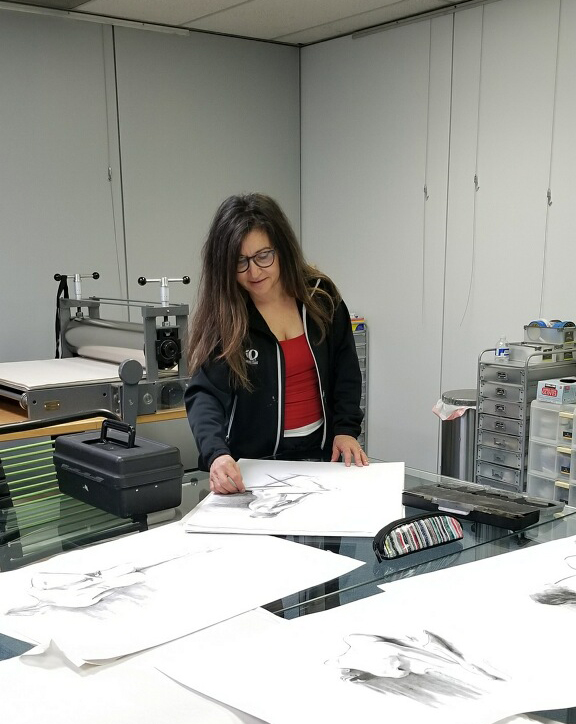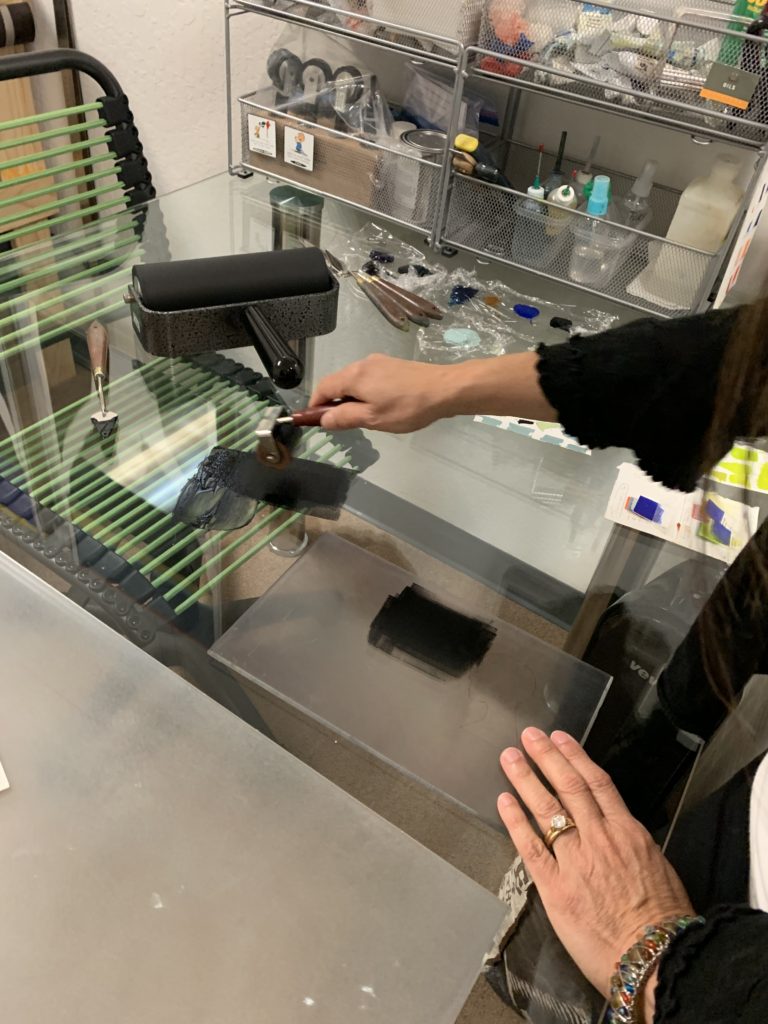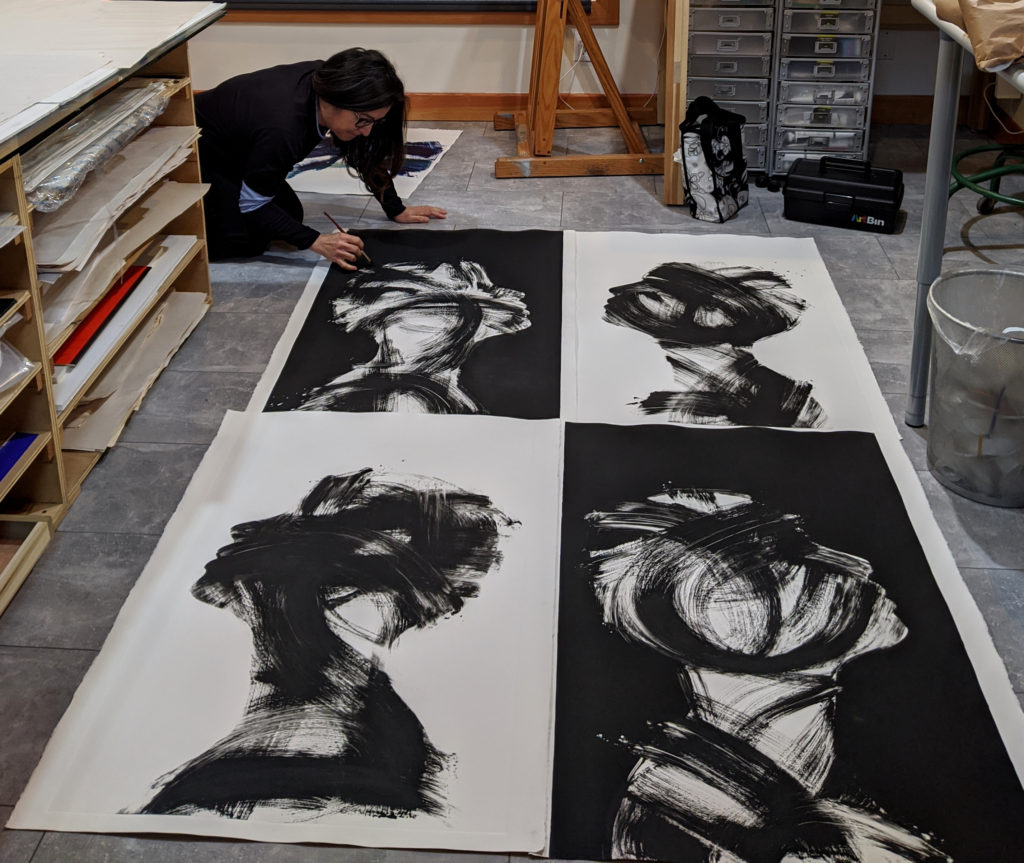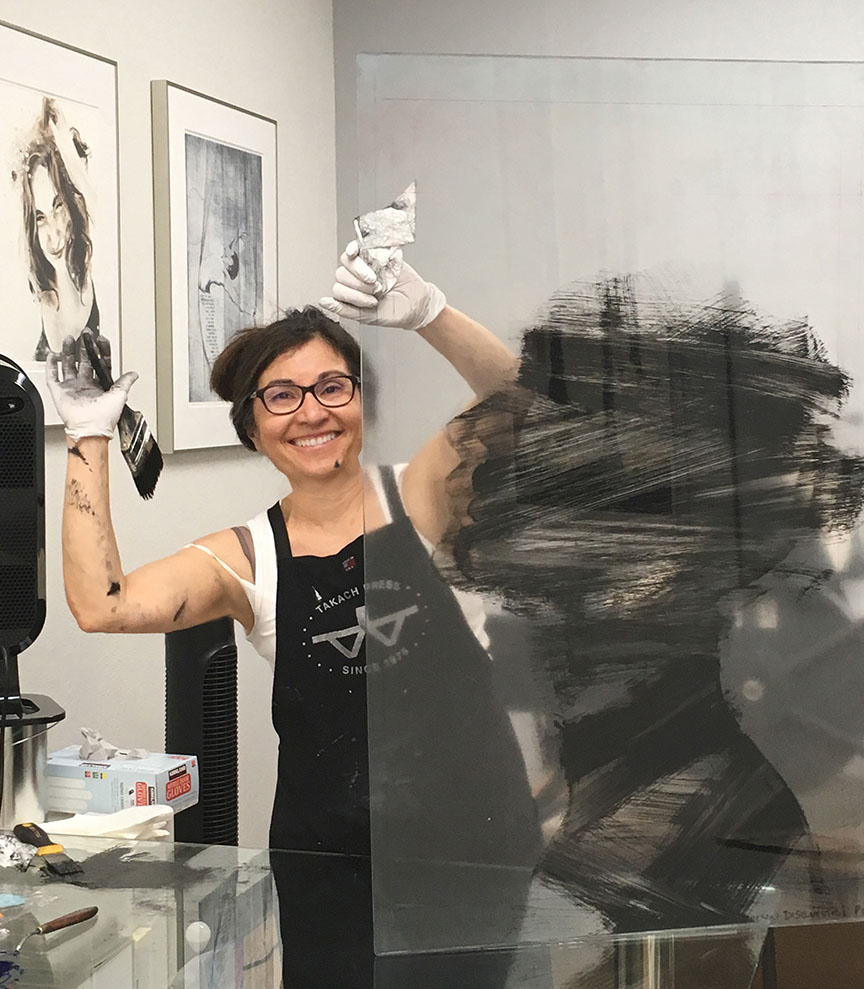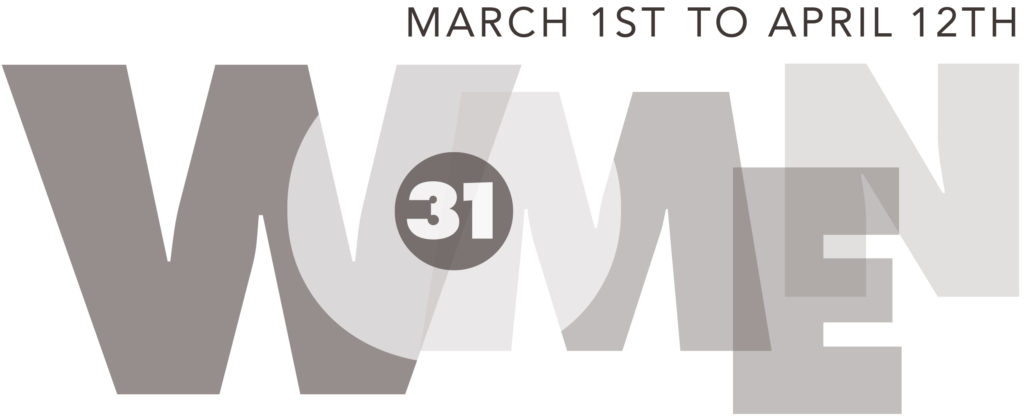Linda Simmel
Linda Simmel (born in Los Angeles) is a Bay Area artist; her art practice includes painting, drawing and printmaking. Simmel’s dark landscaped-based paintings and historically-based etchings explore the influence of history on a psyche and subsequent feelings of longing. Simmel received her BFA from the University of California at Berkeley and was represented by Takada Gallery. She spent a decade traveling to and showing in and around Berlin, becoming an international participant in the newly formed artist collective “Atelierhaus Panzerhalle e.V., which was set in a tank repair workshop and ruinous surrounding barracks of a military base in the forests of Potsdam, Germany. In 2012, Simmel was an artist resident at the Baer Art Center in Iceland, in 2013 an artist at the Djerassi Resident Artists Program in Woodside, California, and she has been an artist in residence at the Kala Art Institute in Berkeley, California since 2007. Linda Simmel is included in the permanent collections of the Achenbach Foundation for Graphic Arts, Fine Arts Museums of San Francisco; the Crocker Art Museum, Sacramento; Saint Mary’s College Museum of Art, Moraga; and the Triton Museum of Art, Santa Clara. She currently lives and works in Sonoma, California.
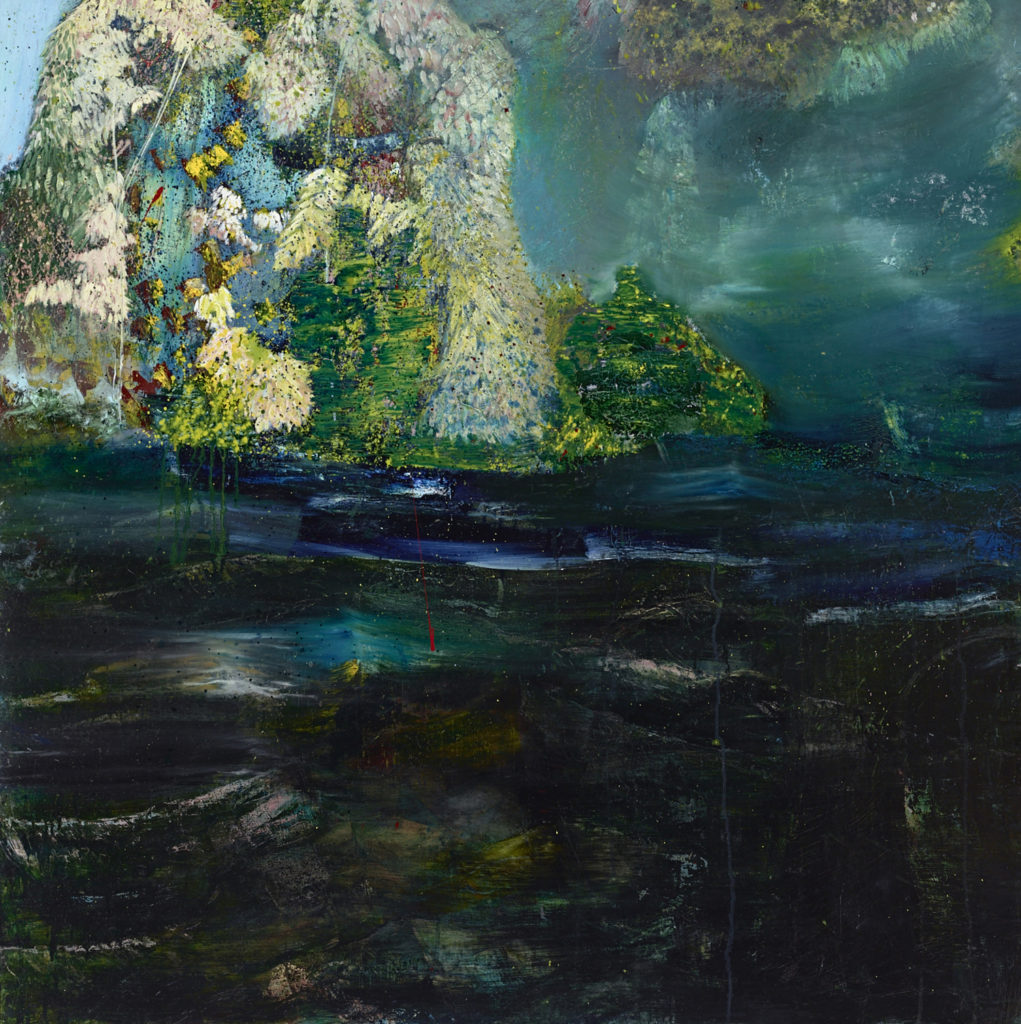
Infinite Longing 10, 2018
oil on canvas
42” x 42”
An Interview with Linda Simmel
MKM: Tell us about your childhood, where did you grow up?
LS: I grew up on the west side of Los Angeles, just a 10-minute drive from the ocean. The ocean played a large part in my growing up and reaching for something infinite/ineffable, outside of family and societal expectations.
MKM: Were you always creative?
LS: Yes, I remember always wanting to make things. My first strong memory was when I was five years old. In Kindergarten we had an assignment to paint a valentine’s heart. The two sides of my heart did not match, so I kept going from one side to the other, attempting for it to mirror its other half. Eventually the whole sheet of paper was red. When I was 10 years old, in grade school I’d go to Betty’s art classes. I took 2 buses (one transfer) to get there. At 13, Betty told me I had aged out of her children’s art classes. I begged her to allow me to stay! (She did).
MKM: When did you realize that creating art was something you had to do?
LS: I attended University of California at Berkeley for two years as an undergraduate. I then went to Israel with the intention of immigrating. After 11 months I knew I would be returning to the USA to settle and finish my college degree. I had to declare a major at that point, but I wasn’t sure what to do. My father suggested I declare an art major as I had previously wanted to attend the San Francisco Art Institute. Then upon graduating with a BFA in fine arts, I realized my focus was art making and I’d need to try to find a way to financially support that.
MKM: Did you have any memorable teachers?
LS: I was not able to relate much to the art department’s focus on Funk and the Light and Space movement of that time. However, I do remember a Professor Tibbs that offered a life drawing class; also Karl Kasten. I had a hard time painting in a room with 30 other people, so I spent most of my time in the ASUC darkroom that was manned by Roger Minick and Dave Bohn.
MKM: Did you focus on painting and printmaking at UC Berkeley?
LS: My first form of expression was photography. I guess I simply loved looking, seeing. As I began combining negatives (yes! negatives at that time!) and wanting to create sets or props for the images, my photographic process became more and more complicated and so I switched to the direct method of mark making via painting. The sensate quality of painting is what has kept me there. The way my body feels when making something is like wearing a favorite very worn and soft cotton dress. It’s taken me decades to come around to what I’m trying to say conceptually.
MKM: What jobs have you held other than being an artist?
LS: After graduating from UC Berkeley I started off as assistant to the director of the Physically Disabled Students Program at UCB, which later became the Center for independent living in Berkeley.
I went on to being a cowgirl in Colorado, taxicab driver, working in the darkroom at my local newspaper and finally becoming a free-lance bookkeeper for more steady financial support. Although with almost biennial trips to Berlin in the 1990’s for research and exhibitions, keeping the bookkeeping stream going was also challenging.
MKM: When you’re creating what’s your daily routine, rituals, patterns?
LS: Lots of pacing! Typically, I have to circle around doing house or garden chores before settling into the studio. Then if I’m particularly engaged with what is going on I have to pause to absorb it, as contrary as that sounds! Thereby more pacing around the property… suffice to say the works progress slowly. And works always have to lay about for a period of time until I’m sure I’m really finished with them. And then often, I’ll take up a canvas started years earlier. There are probably 5 paintings – 5 different iterations underneath every canvas I stop working on. Now with the cell phone I can document as I go along and sometimes I wonder why didn’t I stop at that earlier state?
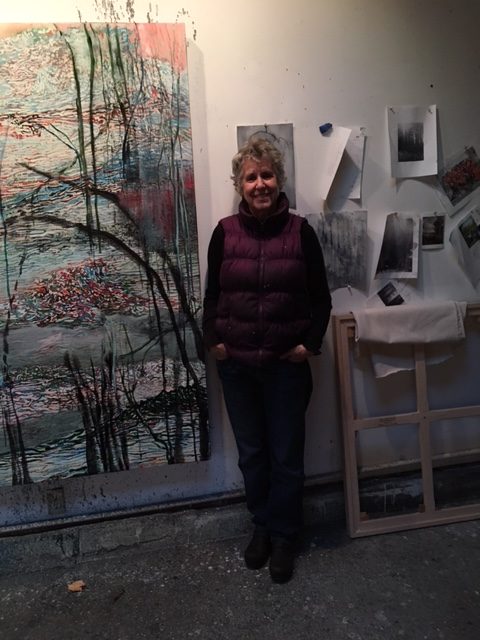
MKM: When do you know a work is finished?
LS: As I am building up the canvas, certain sections may be coveted, but in the end the whole surface has to come together as a whole. It’s an intuitive decision. In my particular practice most times the surface doesn’t make sense to me unless it is densely saturated.
MKM: Do you focus on a specific medium or multiple mediums?
LS: Painting, drawing and printmaking
MKM: Which creative medium would you love to pursue but haven’t yet?
LS: I’d love to pursue clay and glazes but feel taking that up would disperse my energies too much. It would take years to master and develop a vocabulary and I wouldn’t want to give up my painting practice to allow time/energy for that to happen.
MKM: What is your most important tool? Is there something you can’t live without in your studio?
LS: Nothing is terribly precious; brushes are mostly from the hardware store, they are never cleaned, and they just stand in terpenoid for about 3 months. When it’s no longer easy to clean them as I’m using them, the brushes get tossed and off to the hardware store I go. My most precious material is the roll of gampi paper that I use in printmaking. Every print has chin collé. I love the stuff.
MKM: How has your practice changed over time?
LS: In both the painting and printmaking practices there is recently a return to starting with a photo as a jumping off point. I’ve begun to project images onto a canvas. Occasionally the painted image stays true to the projected image, more often it provides a jumping off point for composition. My paintings have always been expressive; however, they are a bit more content driven now. It’s taken me decades to move from expressing pure sensation or inner emotion towards more of a narrative.
MKM: What themes do you pursue?
LS: The weight of history on our everyday psyches. How that history can color interpretation of landscape.
MKM: What art do you most identify with?
LS: Work that is quite expressive, painterly, bold, colorful.
MKM: What memorable responses have you had to your work?
LS: After presenting a power point presentation of my most recent project at the time, a fellow resident at the Djerassi Residents Artists Program had tears when trying to express how moved he was by my large drawings of the sea. He is someone I have greatly admired, and someone opposite my nature.
Book of Seas, 2011
(Top: closed view; center and bottom: open view)
Gesso/pencil on gampi paper, steel binding
28” x 40” x 3”
MKM: What do you like about your work?
LS: The painterly aspect. Knowing how to move color around; feeling comfortable with color.
MKM: What quality do you most admire in another artist?
LS: A commitment and drive to keep working.
MKM: What was your first work of art that really mattered to you?
LS: Of mine or someone else’s? (MKM: Yours) “Infinite Longing 1” has stuck with me and steered me down a path I still follow today (although that is fairly recent).

Infinite Longing 1, 2014
oil on canvas
66” x 72”
MKM: What inspires you? Other artists? Your process? A theme?
LS: Other artists’ work. I get “art crushes” on work that I respond to strongly. Something resonates when I look at their work and I want to go running back to my studio and start working myself! I also get inspired when I hear of colleagues speak of a new project and are explaining their theme(s) to me.
MKM: If there is an artist that inspires you, is there a specific work that you find particularly interesting?
LS: I am currently looking a lot at Joshua Hagler’s work. I have been drawn to his work since I first encountered it a few years back when I went to a lecture at UC Berkeley given by Maja Rusnik (his wife, whose work I am also entranced by) and himself. I was very taken by that first group of work I saw from both of them, however like even more the current more abstract work Joshua is doing now, from the look of his website.
MKM: What are your interests outside of art?
LS: Gardening. Lots of gardening. Walking in nature.
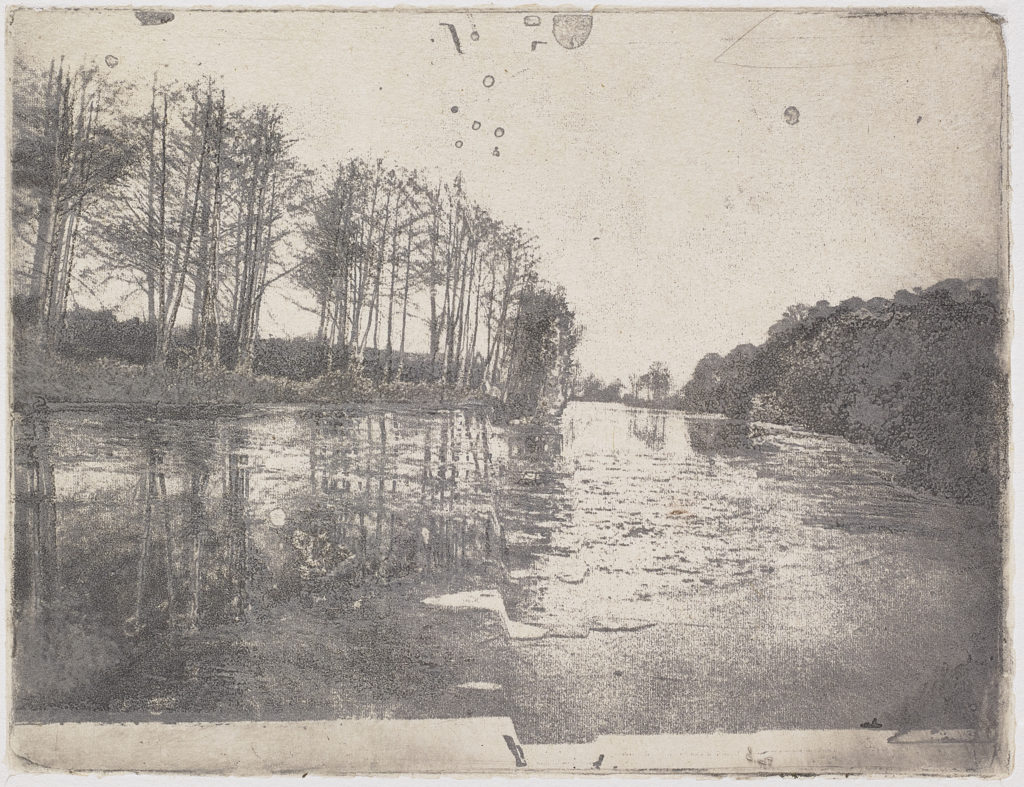
An der Nute, 1929/2019
photo etching
image size: 6” x 8″
MKM: What is the best piece of advice you’ve been given?
LS: “This too shall pass”
MKM: How has COVID impacted your practice?
LS: I was about to put painting aside and concentrate on printmaking….but the opposite happened as I hunkered down in my home painting studio and concentrated on painting and drawing.
MKM: What is your dream project?
LS: My dream project is to design a stage set for a dance company, OR to create a room installation, an installation that makes use of the whole space inside the walls & floor and that offers an immersive experience.
MKM: What can we expect from you in the next year?
LS: I am starting to lay out plans for an artist book that has been running around my mind for a very long time now, with parts already started. It is something quite personal, using artifacts and letters from my father and great uncles during the time of fascism’s rise to power in Europe in the 1920s and 1930s. It is really meant to be a piece for my daughter, so that she may ponder her history from my side of the family. I will make a concerted effort this time to pull it together and have something cohesive within the upcoming year. Oh yes, and of course more painting; deeper dives into current themes.
(Left) John, 2019
pencil, colored pencil, wax on paper
39” x 25”
(Right) Max, 2019
pencil, colored pencil, wax on paper
39” x 25”
The Hiking Club: A Vocabulary of Yearning
Linda’s upcoming solo exhibition, The Hiking Club: A Vocabulary of Yearning, will open spring 2023 at New Museum Los Gatos.
The Hiking Club: A Vocabulary of Yearning intertwines the story of being the daughter of an immigrant with landscape, trees and the sublime in nature. It pairs reverie of a father’s youth with a daughter’s yearning to walk in nature. The works in the show, Linda Simmel’s Infinite Longing series, are in part homage to landscape, trees, and the histories they’ve lived in, as well as to Simmel’s immigrant father and the time in which he lived.
Simmel’s father wandered the woods outside of Berlin and greater Germany with his hiking club in the late 1920s. The trees, among which he and his friends wandered, were witness to their discussions about the possibilities of a new social order under the Weimar Republic. As we know, that progressive state did not last. As a result, her father had an intense idealism and large loss, a romantic pull as well as dark experience. Inherent in an immigrant story is the “if only” question and its subsequent residue of longing. What if there was no abrupt change, what would the story have looked like then?
Before emigration it was among trees that the psychic tone of Simmel’s father’s life was formulated. Hiking in nature is a national pastime in Germany; May 14th is national “Hiking Day”. The forests provided the physical cauldron in which Simmel’s father developed his “Weltanschauung”, his philosophy of life. Simmel returns, or rather moves forward into that “cauldron” of landscape and trees; walking there to meditate on the gaps and absences in her own life and to simply walk toward her life.
The Infinite Longing series has affinities with Romanticism of the late 1800s, an aesthetic that portrayed a metaphysical experience of nature. Likewise, Simmel values wild places because they inherently allow our minds and psyche to connect with the infinite; to be anchored in the universe and to surrender and rest in the power of nature.
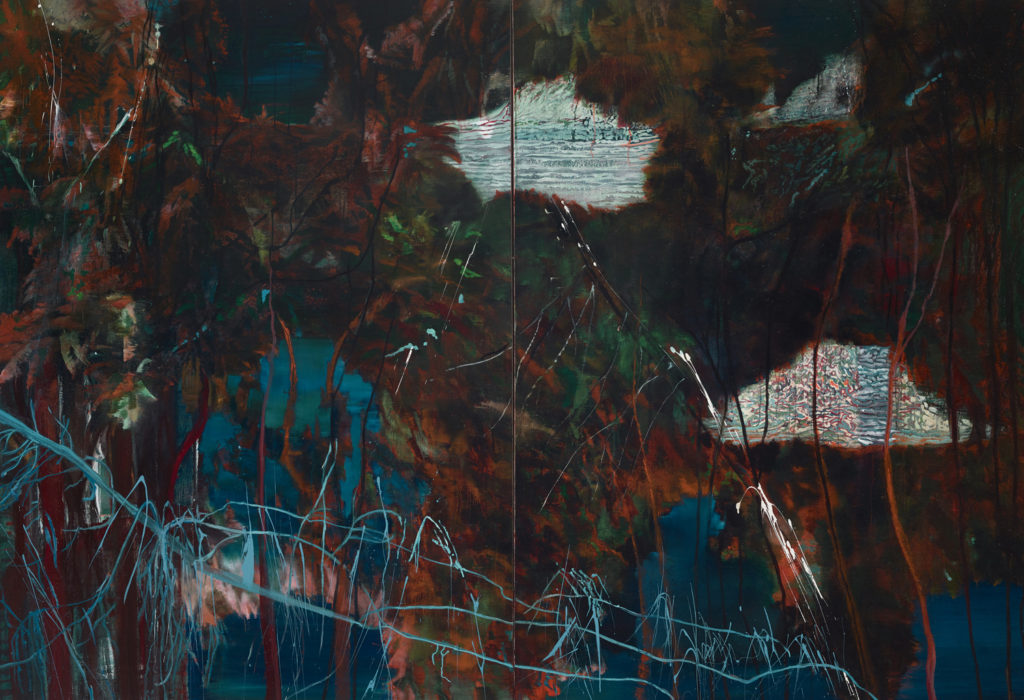
Dark Wood 1, 2019
oil, house paint, shellac on canvas
66” x 96” overall
To learn more about Linda Simmel, please visit: http://www.lindasimmel.com
